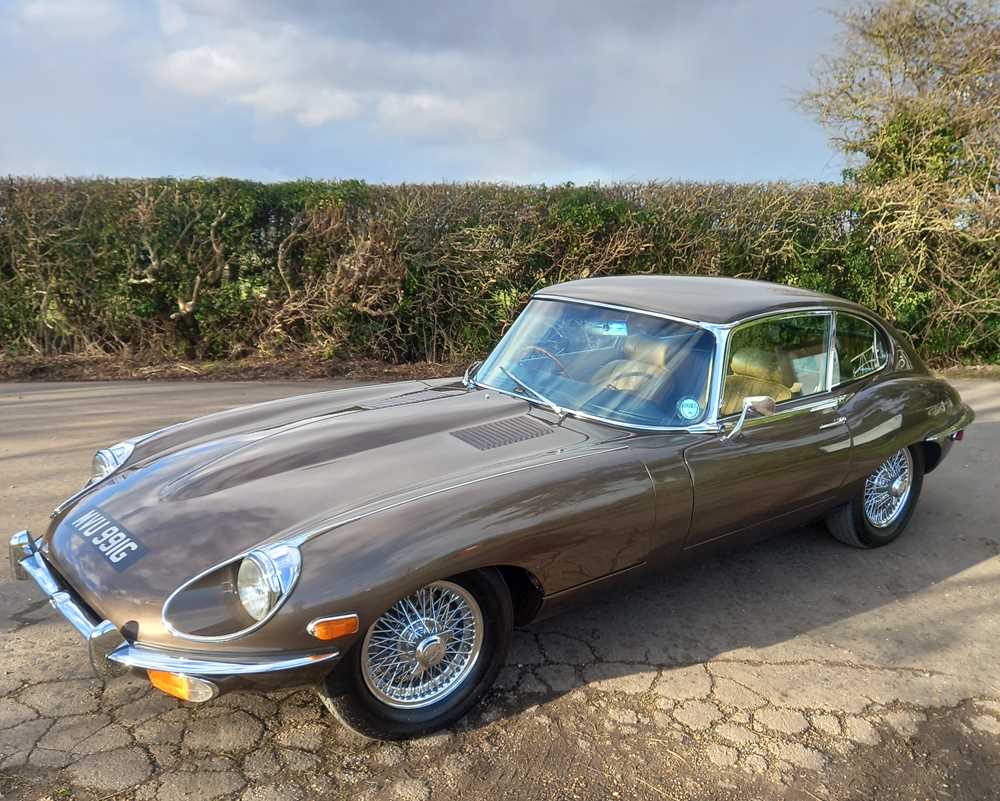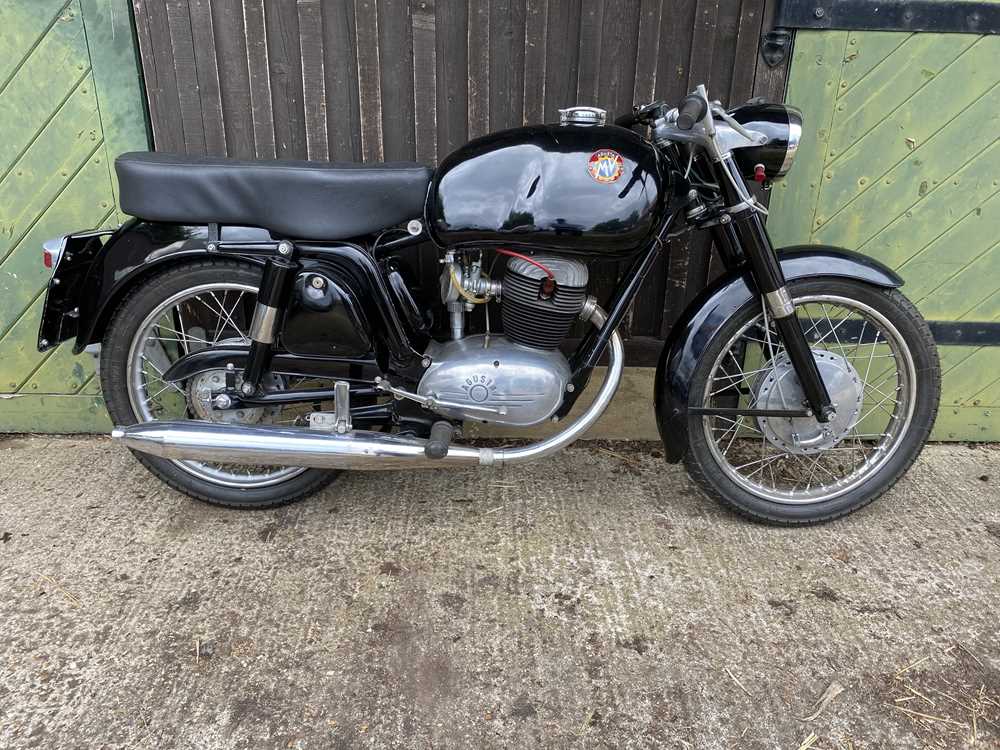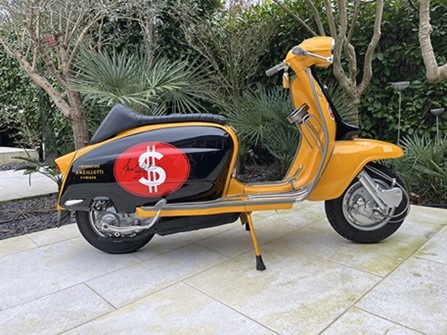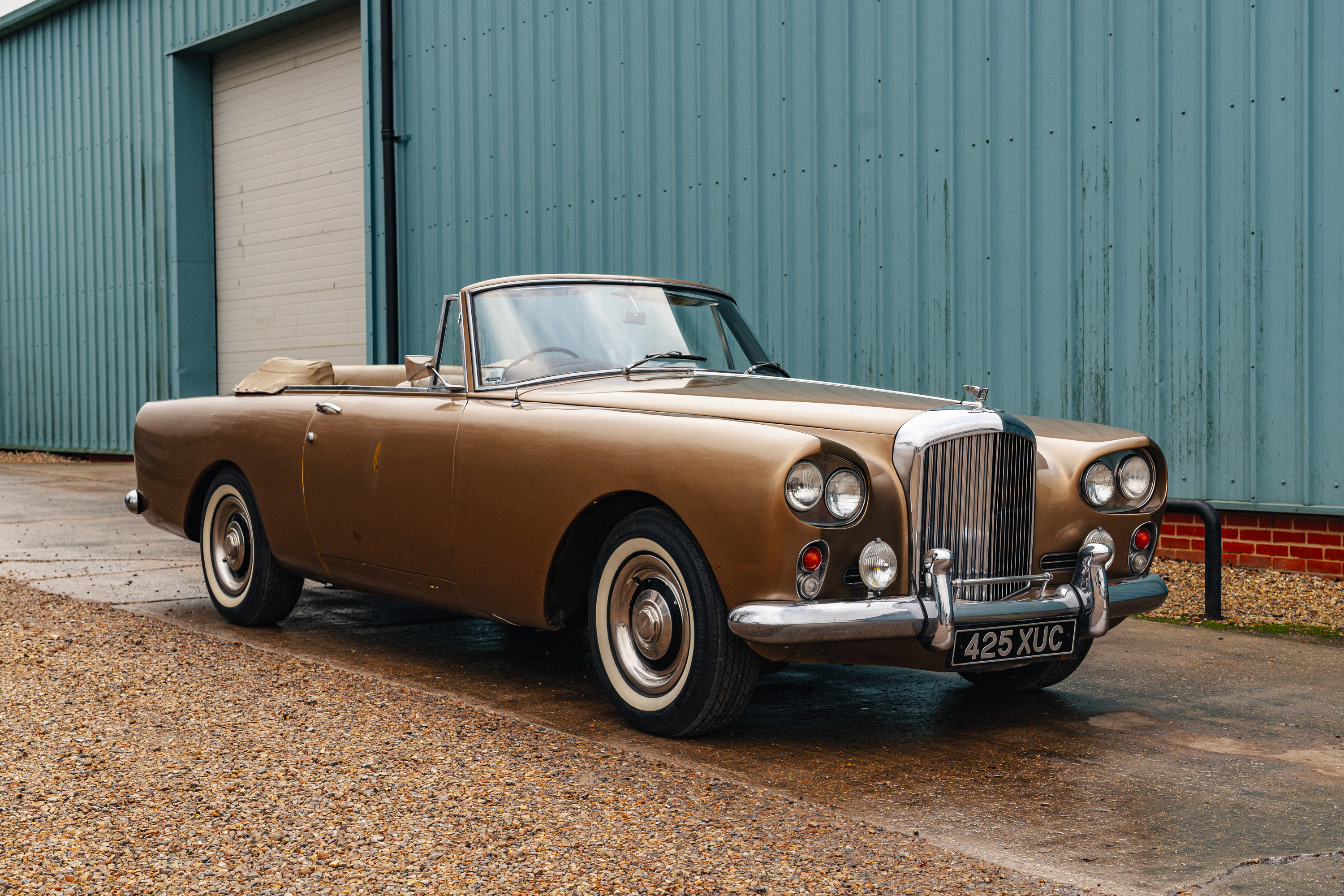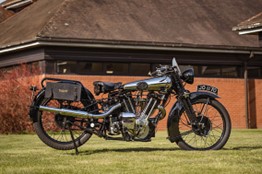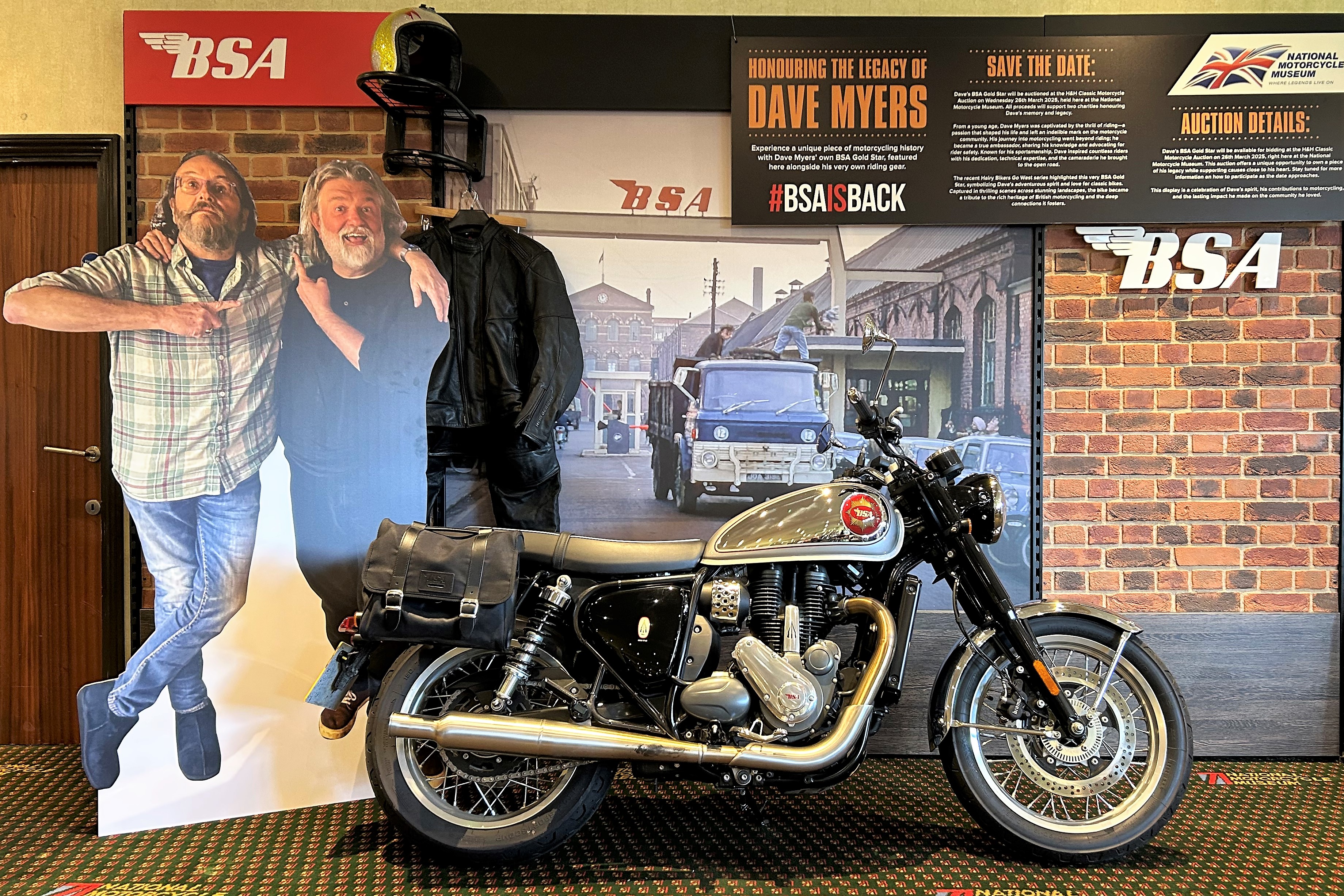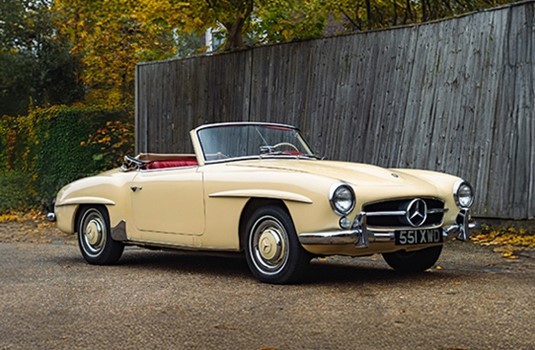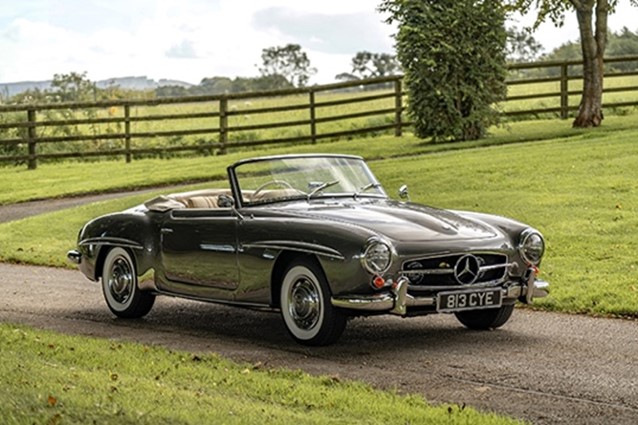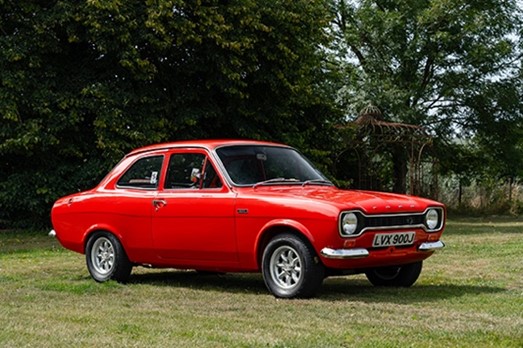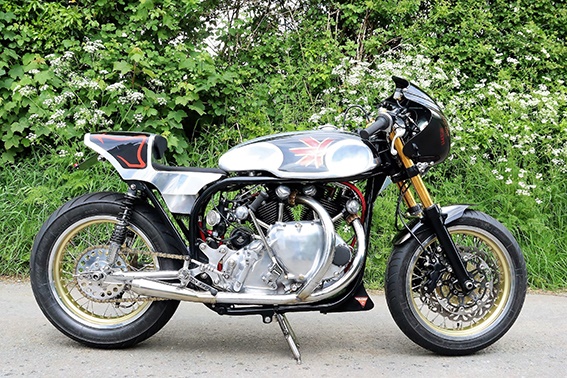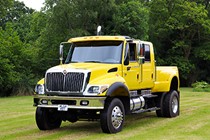24th Jul, 2019 12:00
The Pavilion Gardens
1978 Alfa Romeo Alfasud 1.3Ti
Sold for £6,750
(including buyers premium)
Registration No: AUE943S
Chassis No: 5004586
Mot Expiry: Nov 2019
- Mot November 2019
- Handbook, 2 sets of keys
- Original specification interior
Alfa Romeo had explored building a smaller front wheel drive car in the 1950s but it was not until 1967 that firm plans were laid down for an all-new model to fit in below the existing Alfa Romeo range. It was developed by Austrian Rudolf Hruska, who created a unique engineering package, clothed in a body styled by Giorgetto Giugiaro of ItalDesign.
The car was built at a new factory at Pomigliano d'Arco in southern Italy, hence the car's name, Alfa Sud (Alfa South). January 18, 1968, saw the registration at Naples of a new company named "Industria Napoletana Costruzioni Autoveicoli Alfa Romeo-Alfasud S.p.A.". 90% of the share capital was subscribed by Alfa Romeo and 10% by Finmeccanica, at that time the financial arm of the government controlled IRI. Construction work on the company's new state-sponsored plant at nearby Pomigliano d'Arco began in April 1968,on the site of an aircraft engine factory used by Alfa Romeo during the Second World War.
The Alfasud was shown at the Turin Motor Show three years later in 1971 and was immediately praised by journalists for its styling. The four-door saloon featured a cutting-edge technology, following the technical scheme already experimented in Lancia since 1960 on the Lancia Flavia, that is: a front wheel drive with Boxer of 1,186 cc water-cooled engine with a belt-driven overhead camshaft on each cylinder head. It also featured an elaborate suspension setup for a car in its class: (MacPherson struts at the front and a beam axle with Watt's linkage at the rear). Other unusual features for this size of car were four-wheel disc brakes (with the front ones being inboard), and rack and pinion steering. The engine design allowed the Alfasud to have a low bonnet line, making it very aerodynamic for its day, also giving it a low centre of gravity. As a result of these design features, the car had excellent performance for its engine size, and levels of road-holding and handling that would not be equalled in its class for another ten years. Despite its two-box shape, a hatchback was not initially part of the range. Some of the controls were unorthodox, the lights, turn indicators, horn, wipers and heater fan all being operated by pulling, turning or pushing the two column stalks.
In November 1973 the first Alfasud sport model joined the range, the two-door Alfasud ti-(Turismo Internazionale, or Touring International). Along with a 5-speed gearbox, it featured a more powerful version of the 1.2 litre engine, brought to 68 PS (50 kW; 67 hp) by adopting a Weber twin-choke carburettor, allowing the small saloon to reach 160 km/h (99 mph). Quad round halogen headlamps, special wheels, a front body-colour spoiler beneath the bumper and rear black one around the tail distinguished the "ti", while inside there was a three-spoke steering wheel, auxiliary gauges, leatherette/cloth seats, and carpets in place of rubber mats.
In 1974, Alfa Romeo launched a more upscale model, the Alfasud SE. The SE was replaced by the Alfasud L (Lusso) model introduced at the Bruxelles Motor Show in January 1975.[9] Recognizable by its bumper overriders and chrome strips on the door sills and on the tail, the Lusso was better appointed than the standard Alfasud (which was now called "normale"), with such features as cloth upholstery, headrests, padded dashboard with glove compartment and optional tachometer.[9] A three-door estate model called the Alfasud Giardinetta was introduced in May 1975, with the same equipment of the Alfasud "L".
The Lusso model was produced until 1976, and was then replaced by the new Alfasud 5m (5 marce, five speed) model, the first four-door Alfasud with a five-speed gearbox. Presented at the March 1976 Geneva Motor Show, it was equipped like the Lusso it replaced.
In September 1976, the Alfasud Sprint coupé was launched. Built on the same platform of the saloon, it featured lower, more angular bodywork, again by Giorgetto Giugiaro, and featured a hatchback. The Sprint was powered by a new, more powerful Boxer, stroked from the 1.2 to displace 1,286 cc (78 cu in) and develop 76 PS (56 kW; 75 hp), and was paired the five-speed gearbox. The same 1286 cc engine was later fitted into the 2-door saloon, creating the Alfasud ti 1.3, which was put on sale alongside the "ti" 1.2 in July 1977.
1978 revisions
In late 1977 the Alfasud Super replaced the range-topping four-door "5m". It was available with both the 1.2- and 1.3-litre engines from the "ti", though both were equipped with a single-choke carburettor.[13] The Super introduced improvements both outside, with new bumpers including large plastic strips, and inside, with a revised dashboard, new door cards and the choice of either Alfatex (vinyl) or two-tone cloth seats. Similar upgrades were applied to the Giardinetta.
In May 1978 the Sprint and "ti" got new engines, a 79 PS (58 kW; 78 hp) 1.3 (1,350 cc) and a 85 PS (63 kW; 84 hp) 1.5 (1,490 cc), both with a twin-choke carburettor. At the same time the Alfasud ti received cosmetic updates: bumpers from the Super, new rear spoiler on the boot lid, black wheel arch extensions and black front spoiler, and was upgraded to the revised interior of the Super. The 1.3 and 1.5 engines were soon made available alongside the 1.2 on the Giardinetta and Super, with a slightly lower output compared to the sport models, due to having a single-choke carburettor. In 1979 the Sprint was given a double twin-choke carburettor setup and became the Alfasud Sprint Veloce.
Auction: The Pavilion Gardens, 24th Jul, 2019
All successful bids must be paid in full by midday the day after the auction at the latest.
You can collect your new pride and joy from our venue until 1pm the day following the sale or our partners are on hand to help arrange safe transportation:
Do you have an item to sell?
If so, contact one of our friendly specialists for your free valuation by completing the form below and someone will get back to you as quickly as possible.
If you prefer to speak to humans, don't hesitate to call our office on +44 (0)1925 210035
Other lots in this sale















